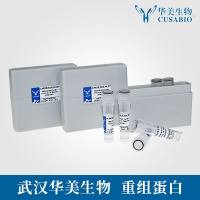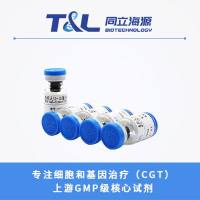Flow Cytometric Detection of Cytoplasmic and Surface CD3-ε Expression in Developing T Cells
互联网
844
The pathway of T-cell development follows a series of highly regulated steps beginning with the differentiation of bone marrow-resident pluripotent hematopoietic stem cells (HSCs) into T-cell progenitors that migrate to the thymus. Upon colonizing the thymic microenvironment, T-cell progenitors further differentiate into mature immunocompetent T lymphocytes through a series of stages that are characterized by the regulated expression of the coreceptor molecules CD4 and CD8. However, the acquisition of a functional T-cell antigen receptor (TCR)/CD3 complex is perhaps the most significant of the events that take place during early thymocyte development. This multisubunit complex consists of two disulfide-linked variant TCRα/β (or TCRγ/δ) chains, which are responsible for recognition of MHC-restricted antigenic peptides. Noncovalently associated with the TCR heterodimer is a signal transducing complex, which is comprised of the invariant chains CD3γ, δ, ε, and ζ. The expression of the components of the TCR/CD3 complex is developmentally regulated, and evidence in recent years has suggested that immature signaling receptor complexes composed of CD3 chains may, in part, direct very early intrathymic development. Prior to their assembly and transport to the cell surface, however, CD3 subunits accumulate in the intracellular compartment of immature thymocytes. The current chapter describes a flow cytometric technique that enables the study of CD3 expression both on the surface and in the cytoplasm of developing thymocytes.







